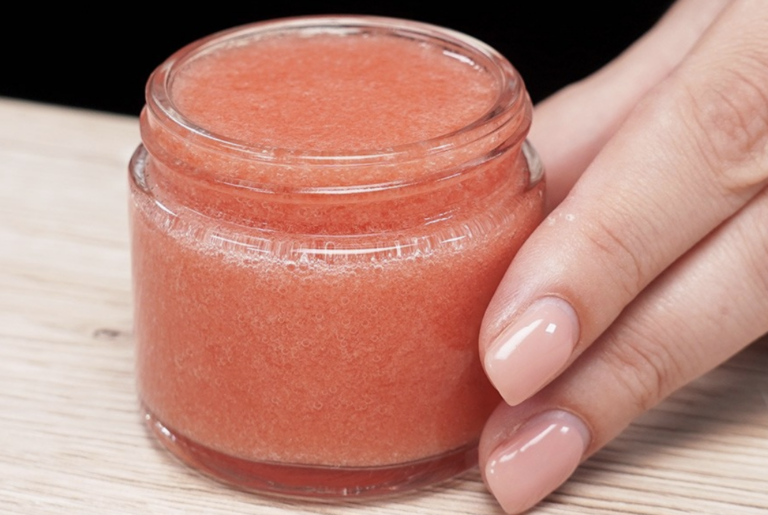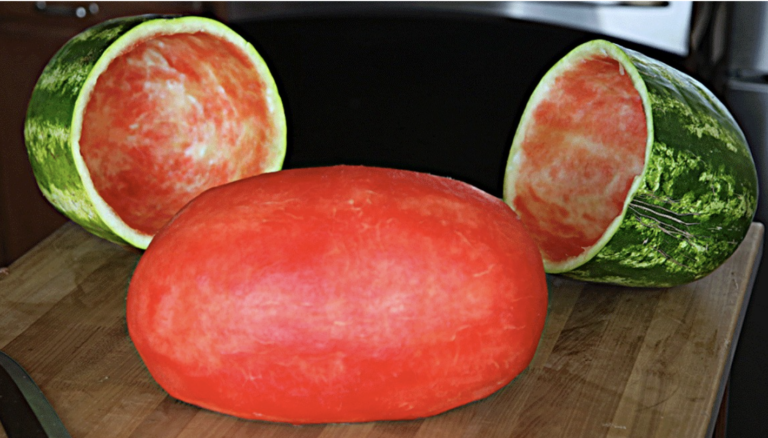Looking for a natural way to kickstart your metabolism and reduce belly fat? A daily morning ritual of drinking a warm cup of ginger and lemon tea might be just what you need. This refreshing beverage is not only a delight to sip but also comes with a host of health benefits that can help manage weight and improve overall vitality. Let’s dive into why this simple drink could become your new favorite morning habit.
The Benefits of Ginger and Lemon
1. Boosts Metabolism: Ginger is renowned for its ability to enhance metabolic rates. The spice heats up the body, which, in turn, can help burn more calories. This thermogenic effect makes ginger a valuable ally in weight management.
2. Enhances Digestion: Ginger stimulates the digestive enzymes, improving the absorption and assimilation of nutrients from the food you eat. Efficient digestion is key to effective weight loss as it helps to reduce bloat and unnecessary weight retention.
3. Detoxifying Properties: Lemon is high in vitamin C, which not only boosts the immune system but also helps flush toxins out of the body. The high acidic content in lemon aids in cleansing the liver, an essential organ for maintaining a healthy metabolism.
4. Appetite Suppression: The combination of ginger and lemon can have a natural appetite suppressant effect. Drinking a cup of ginger-lemon tea in the morning can help curb cravings and prevent overeating by making you feel fuller for longer.
How to Prepare Ginger and Lemon Tea
Ingredients:
- 1 inch of fresh ginger root
- 1 lemon
- 1 cup of water
- Honey (optional, for sweetness)
Instructions:
- Prepare the Ginger: Peel and thinly slice the ginger.
- Boil the Water: Add the sliced ginger to a pot of boiling water. Let it simmer for about 10-15 minutes.
- Add Lemon: While the ginger is simmering, squeeze the juice of one lemon into a cup.
- Combine: Pour the hot ginger water into the cup with lemon juice. Stir well.
- Sweeten (Optional): Add honey to taste if you prefer a sweeter flavor.
- Enjoy: Drink this beverage warm, preferably first thing in the morning before breakfast.
Conclusion
Incorporating a cup of ginger and lemon tea into your morning routine is a simple, effective, and enjoyable way to support your weight management goals. Not only does it help enhance metabolism and digestion, but it also starts your day on a fresh, energizing note. So why not give it a try? This might be your delightful new way to greet each day and support your journey to wellness.









